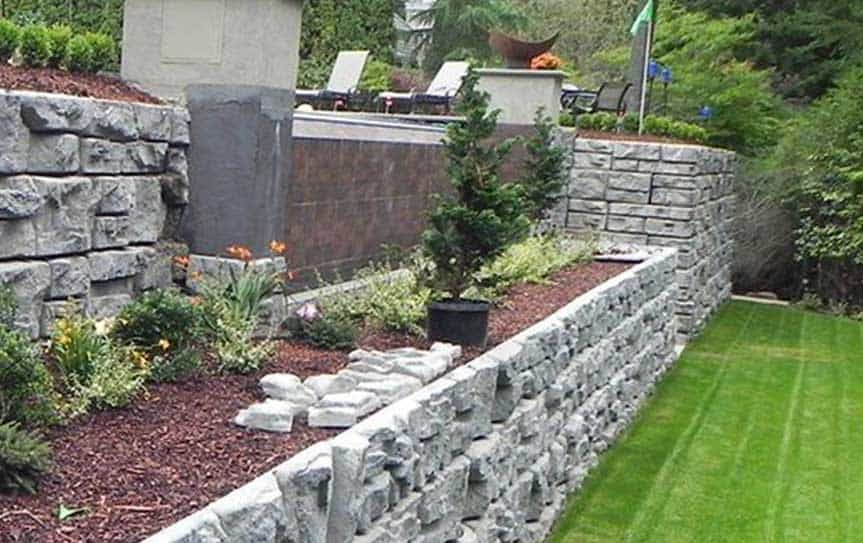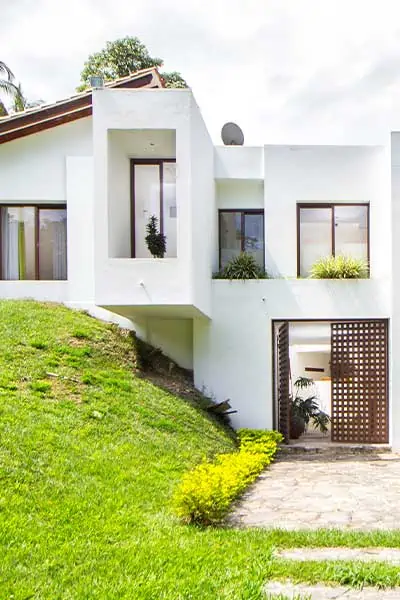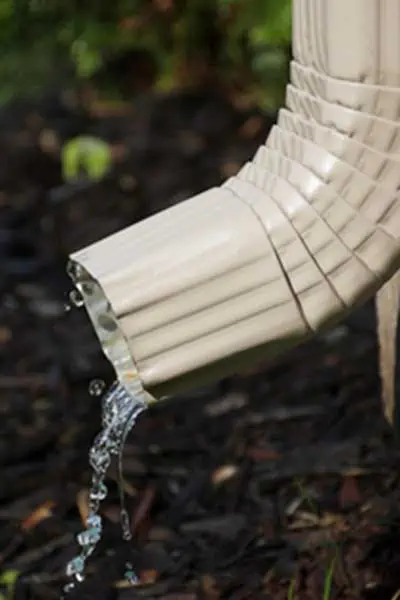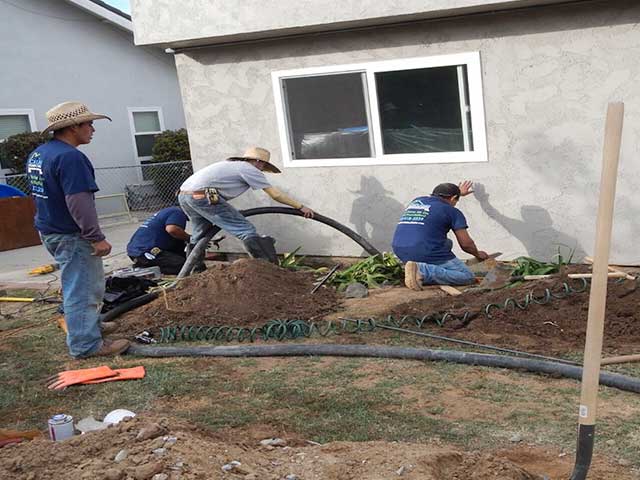Los Angeles property owners must keep their buildings extra secure with the ever-present threat of seismic activity. Balcony damage indicates a vulnerability in structural security that needs to be addressed. What should a homeowner do if they discover a balcony crack? Read on to discover what you need to know about balcony and deck repair in Los Angeles.

What Is A Retaining Wall?
A retaining wall is a stabilizing structure that holds sloping ground in place in order to prevent the erosion and the soil movement. A retaining wall must be substantial and sturdy in the structure in order to accommodate and redistribute lateral pressure caused by sloping.
Retaining walls construction normally designed with seepage holes, which allow collected ground water to escape. This releases additional pressure created by accumulated water and helps keep maintain stability in the retaining wall.
There are several different materials and methods used in retaining walls construction order to repair a buckling retaining wall. These include concrete retaining wall, timber retaining wall, interlocking blocks retaining wall, stacked stone retaining wall and a brick or block retaining wall.
Retaining Walls Rules in Los Angeles
The city of Los Angeles is known for its rigorous regulations when it comes to construction on your property. Due to the imminent risk of earthquakes in our region, construction is highly monitored and required to adhere to structural endurance regulations. It is more like that when it’s related to hillside construction like in the case of retaining walls.
It can be frustrating to read into all the laws and engineering regulations of construction in Los Angeles and fairly quickly you will understand you should contact a professional contractor that has vast experience with the construction of retaining walls and backyard expansion.
In short, you will need a permit for every wall you build over 4 feet (measured from below the ground) in your Los Angeles home. In order to meet codes and regulations, you need an engineer to come up with a plan that accommodates the proper measurements that adhere to the law.
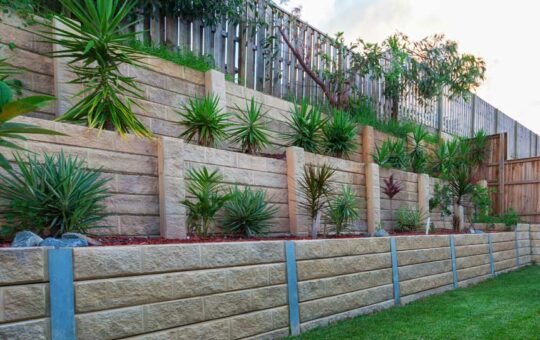

Types of Retaining Walls
Each type of retaining wall is designed to hold back soil and to prevent down-slope movement or erosion. Choosing the type that is right for your property depends on the amount of soil that needs to be retained. Stone and concrete are the most common materials, and there are special retaining wall blocks crafted from aggregate materials and light concrete which are designed for this purpose
Some styles interlock, making assembly simpler, less costly, and less time consuming because each block fits securely with the next. These blocks are designed to fit securely, and they do not require the addition of mortar. A retaining wall can also be a series of “steps” or tiers, which makes for a more attractive design and allows for more efficient erosion control.
The design can include different types of plantings, flowers or materials in each tier to bring more texture, color, and interest to the area. Aside from the aesthetic value, a tiered design provides better erosion control by breaking down the amount of soil, and therefore the pressure borne by each division of the retaining wall.
Large stones and railroad ties were often used to build a tiered retaining wall in the past. Today, there are many styles and types of retaining wall blocks, and most people choose preformed blocks. These blocks are affordable and easy to use, thus making other methods somewhat obsolete, unless the look of rough stone or wood is preferred for aesthetic reasons
Concrete Retaining Wall
Block Retaining Wall
Wooden Retaining Wall
Stacked Stone Retaining Wall
Timber Retaining Wall
Interlocking Blocks Retaining Wall
Retaining Walls Drainage and Planning
The key to constructing a stable retaining wall is ensuring that it is completely level. Each layer must be backfilled to give the retaining wall substance and to provide ample drainage. Generally, sand, stone, pea gravel, or leftover soil is used as backfill. Retaining walls are carefully engineered systems that wage an ongoing battle with gravity. They restrain tons of saturated soil which would otherwise slump and slide away from a foundation or damage the surrounding landscape.
Retaining walls exceeding 3 feet in height require an engineered plan, retaining wall permits, and varying grading requirements such as a Geologic and Soils Report.
Each retaining wall construction is a unique structure and is designed by a professional soil or structural engineer.
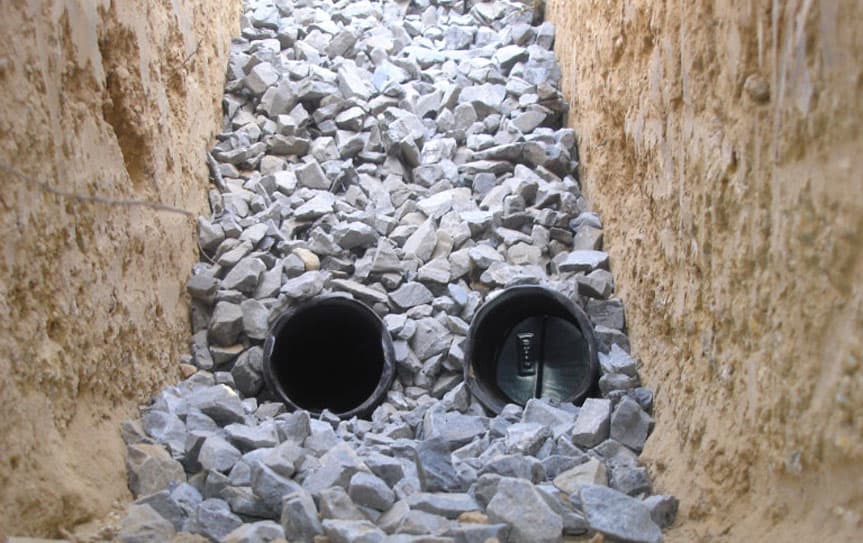

Backyard Expansion
In Los Angeles, the land is definitely not cheap. The smart homeowner will try to get the most out of the space that is available in the house. Los Angeles hillside homes are a great example of a possibility for backyard expansion. The steep slope that your home is built on is restricting your backyard space and that is a problem.
Fortunately, we at California Foundation Works have the solution for backyard expansion. We provide services that can help you reclaim your precious yard space. One of the solutions we offer is retaining wall installation. Not just a regular retaining wall, we offer custom-designed retaining walls to fit the style of your home.
WHAT WE DO
Expert Services
One Stop Shop For Your Property Repairs
California Foundation Works, is a Los Angeles Based Foundation, Drainage and Concrete Contractor.

